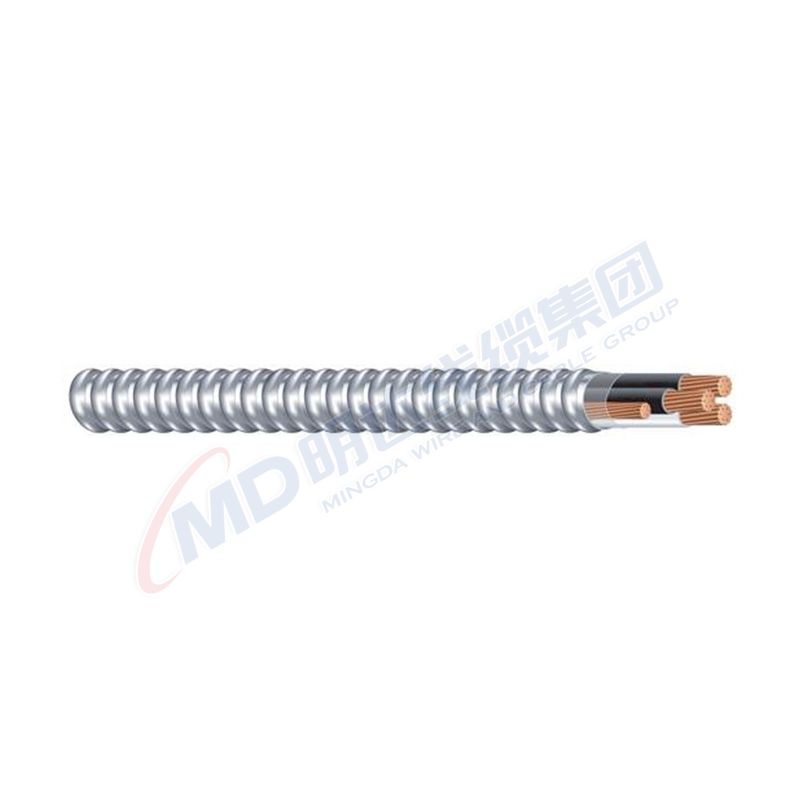Dec . 09, 2024 20:51 Back to list
Flexible Rubber Joint Flange for Enhanced Sealing and Vibration Control Applications
Understanding Rubber Joint Flanges Essential Components in Modern Engineering
Rubber joint flanges are integral components used extensively in various engineering applications, particularly in piping systems. These flanges serve as flexible connections that accommodate movement, vibrations, and thermal expansion while maintaining a robust seal. They are commonly found in sectors such as water treatment, HVAC systems, chemical processing, and more. This article delves into the characteristics, benefits, and applications of rubber joint flanges.
What are Rubber Joint Flanges?
Rubber joint flanges, sometimes referred to as flexible rubber couplings or flanged rubber expansion joints, are designed to connect two rigid piping sections. These joints consist of a rubber body that is connected to metal flanges on either side. The flexibility of the rubber allows for the absorption of vibrations caused by the flow of liquids or gases in pipes. Additionally, they can accommodate misalignment between pipe sections, thus preventing undue stress on the joints.
Key Characteristics
1. Material Composition Rubber joint flanges are typically made from synthetic rubber materials, such as EPDM (Ethylene Propylene Diene Monomer), neoprene, or natural rubber. These materials provide excellent resistance to weathering, ozone, and temperature variations. The choice of rubber material can also affect the joint's chemical resistance, making it suitable for specific industrial applications.
2. Design Specifications These flanges come in various designs and sizes, enabling compatibility with different piping systems. Standard flange sizes conform to industry specifications, such as ANSI or DIN standards, ensuring that they can be easily integrated with existing equipment.
3. Pressure Ratings Rubber joint flanges are manufactured to withstand specific pressure ratings, usually ranging from low to moderate pressure systems. It's essential for engineers to select flanges that meet the pressure requirements of their applications to ensure durability and safety.
Advantages of Rubber Joint Flanges
1. Vibration Absorption One of the primary advantages of rubber joint flanges is their ability to absorb vibrations and shocks. This feature helps in protecting the piping system from wear and tear due to continuous movement, thereby extending the lifespan of the entire system.
2. Flexibility The inherent flexibility of rubber allows these joints to accommodate minor misalignments in the piping layout. This flexibility alleviates the stress on both the pipes and the flanges, reducing the risk of leaks or failures.
rubber joint flange

3. Sealing Properties Rubber joint flanges provide excellent sealing capabilities. The compressibility of rubber helps to ensure that the joint remains leak-proof, even under varying conditions of pressure and temperature.
4. Ease of Installation Installing rubber joint flanges is usually straightforward. They can often be mounted without the need for special tools, making them a convenient choice for many engineers and technicians.
5. Cost-Effectiveness Compared to alternative joint solutions, rubber joint flanges often present a cost-effective option, making them ideal for both large-scale projects and smaller installations.
Applications of Rubber Joint Flanges
Rubber joint flanges are utilized in a vast array of applications, including
- Water and Wastewater Management In water treatment plants and wastewater facilities, rubber joint flanges help manage the flow of water and wastewater while absorbing vibrations and mitigating noise.
- HVAC Systems In heating, ventilation, and air conditioning systems, these flanges can connect ductwork and piping, ensuring systems operate smoothly without transmitting excessive noise or vibration.
- Chemical Processing Rubber joint flanges can be designed with materials that resist specific chemicals, making them suitable for use in chemical plants where hazardous fluids are handled.
- Marine Applications They are often employed in marine environments, where flexibility and resilience against harsh conditions are critical.
Conclusion
Rubber joint flanges are vital components in modern piping and HVAC systems, offering a unique combination of flexibility, durability, and excellent sealing capabilities. Their widespread use across various industries underscores their importance in maintaining efficiency and safety in fluid systems. As technology continues to advance, improvements in rubber materials and designs will likely enhance the functionality and longevity of rubber joint flanges, further solidifying their role in engineering applications. Understanding these components can help engineers and project managers make informed decisions that benefit their projects and operations.
Share
-
Reliable Wafer Type Butterfly Valves for Every IndustryNewsJul.25,2025
-
Reliable Flow Control Begins with the Right Ball Check ValveNewsJul.25,2025
-
Precision Flow Control Starts with Quality ValvesNewsJul.25,2025
-
Industrial Flow Control ReliabilityNewsJul.25,2025
-
Engineered for Efficiency Gate Valves That Power Industrial PerformanceNewsJul.25,2025
-
Empowering Infrastructure Through Quality ManufacturingNewsJul.25,2025